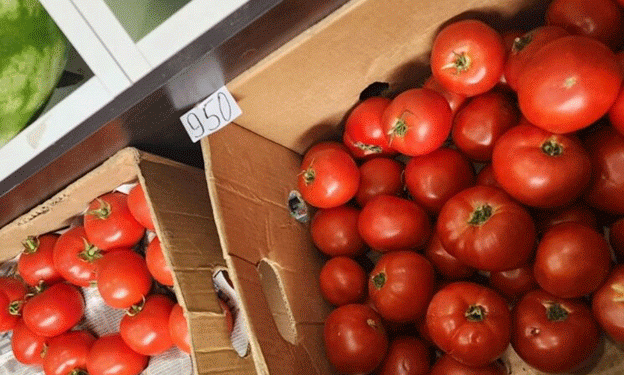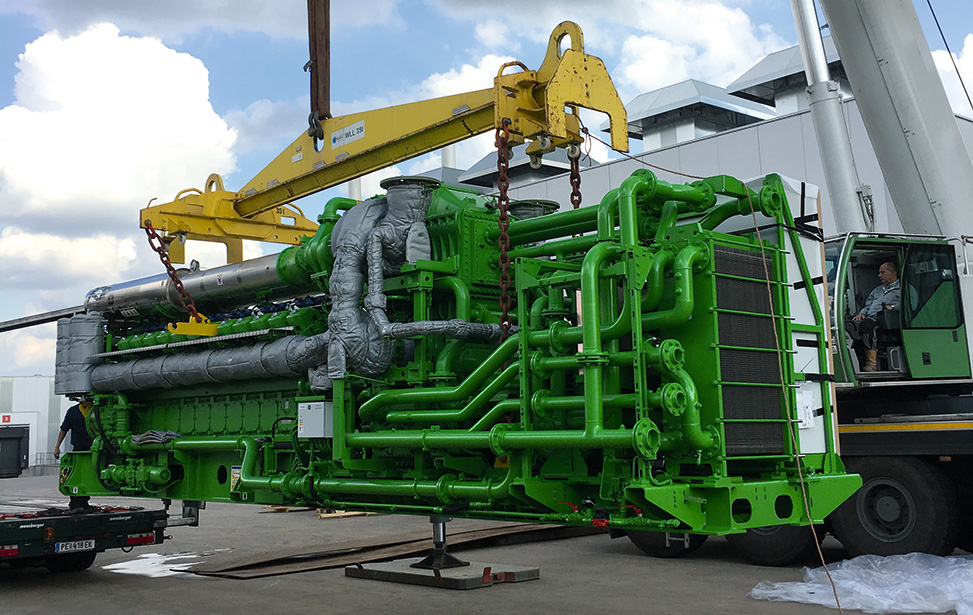In a surprising twist, tomato prices in Armenia are not following the usual mid-summer decline but remain high, often matching winter prices. This anomaly is drawing attention from consumers, particularly those preparing seasonal preserves, and reveals underlying economic and agricultural challenges in the sector.
Shift to Greenhouse Cultivation
In recent years, Armenian farmers have increasingly shifted from open-field cultivation of vegetables to greenhouse farming. According to local sources, this transition is driven by the economic advantages of greenhouse farming, such as reduced labor, minimized risks, and more predictable yields. Greenhouses provide controlled environments that optimize growth conditions and resource use, making them economically attractive compared to traditional field farming.
However, this shift has implications for consumer prices. While greenhouse cultivation can offer higher yields and quality, it also entails higher production costs, particularly for energy and infrastructure. These costs are passed on to consumers, resulting in higher prices for greenhouse-grown produce.
Seasonal Weather Impact
The weather has also played a role in the high prices. This year, the summer weather in Armenia has been unfavorable for outdoor tomato cultivation, with heavy rains negatively impacting the crop. Farmers report that the adverse weather has limited the availability of tomatoes from open fields, exacerbating the supply shortage and contributing to higher prices.
Economic and Market Dynamics
The economic dynamics of the agricultural market further complicate the pricing situation. Farmers often sell their produce at wholesale prices, which are lower than retail prices. However, intermediaries and resellers mark up the prices significantly by the time the produce reaches consumers. For instance, tomatoes purchased wholesale at 600 AMD are often sold at much higher prices in local markets.
Economist Armen Ktsoyan notes that unstable conditions in agriculture can create shock effects in pricing. When crops are not profitable in one season, farmers may reduce or abandon their cultivation of those crops in the following year, leading to supply shortages and price spikes. Additionally, the high costs of establishing and maintaining greenhouse operations, coupled with a risky business environment, contribute to elevated prices.
Government and Consumer Impacts
The high prices of vegetables, particularly tomatoes, have raised concerns among consumers and policymakers. According to Babken Pipoyan, President of the Consumer Protection NGO, the government does not intervene effectively when prices are high, nor does it provide adequate support when farmers face challenges. The lack of intervention means that consumers face the brunt of price fluctuations without a safety net.
The high tomato prices in mid-summer are a result of multiple intertwined factors, including the shift to more costly greenhouse cultivation, adverse weather conditions, and the economic dynamics of the agricultural market. While greenhouse farming offers benefits in terms of controlled environments and yield predictability, it also drives up costs, which are passed on to consumers. Addressing these issues will require a balanced approach, including potential government intervention and support for farmers to stabilize prices and ensure fair market conditions.












